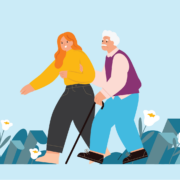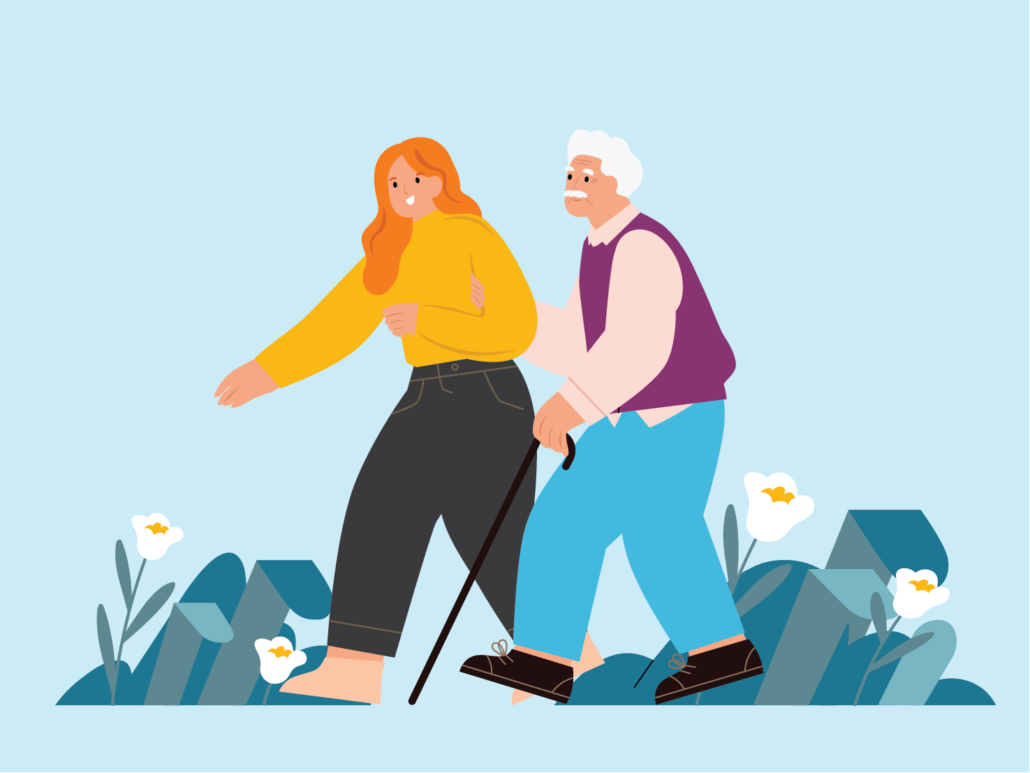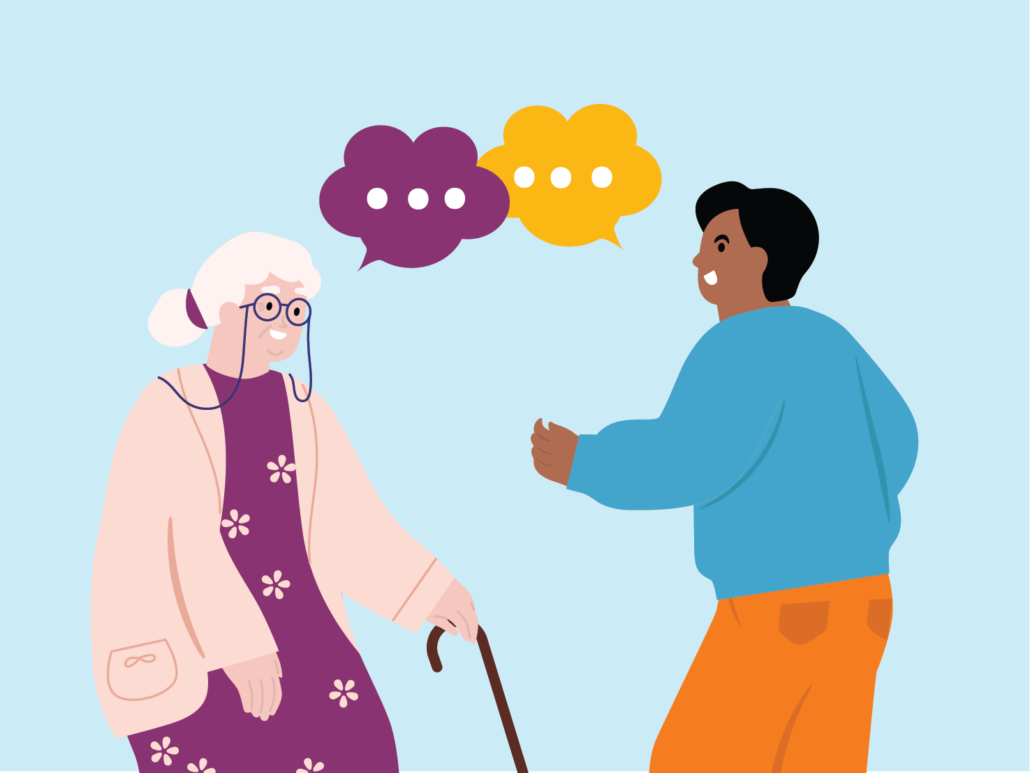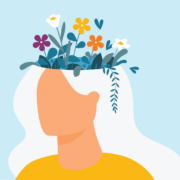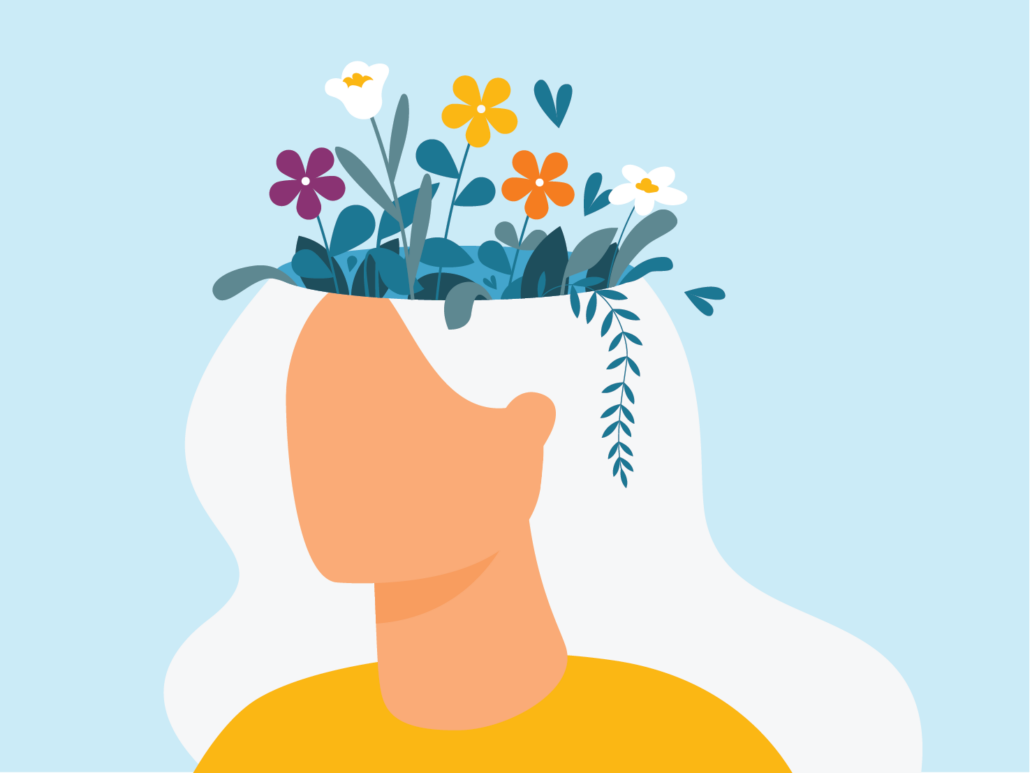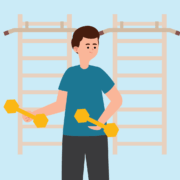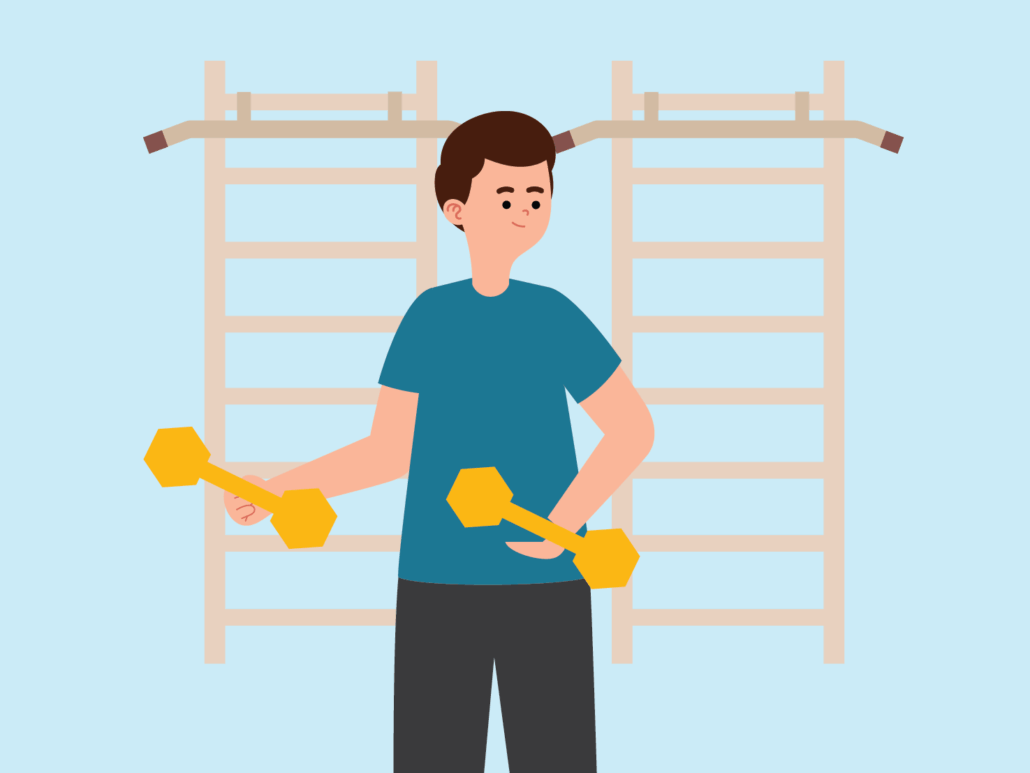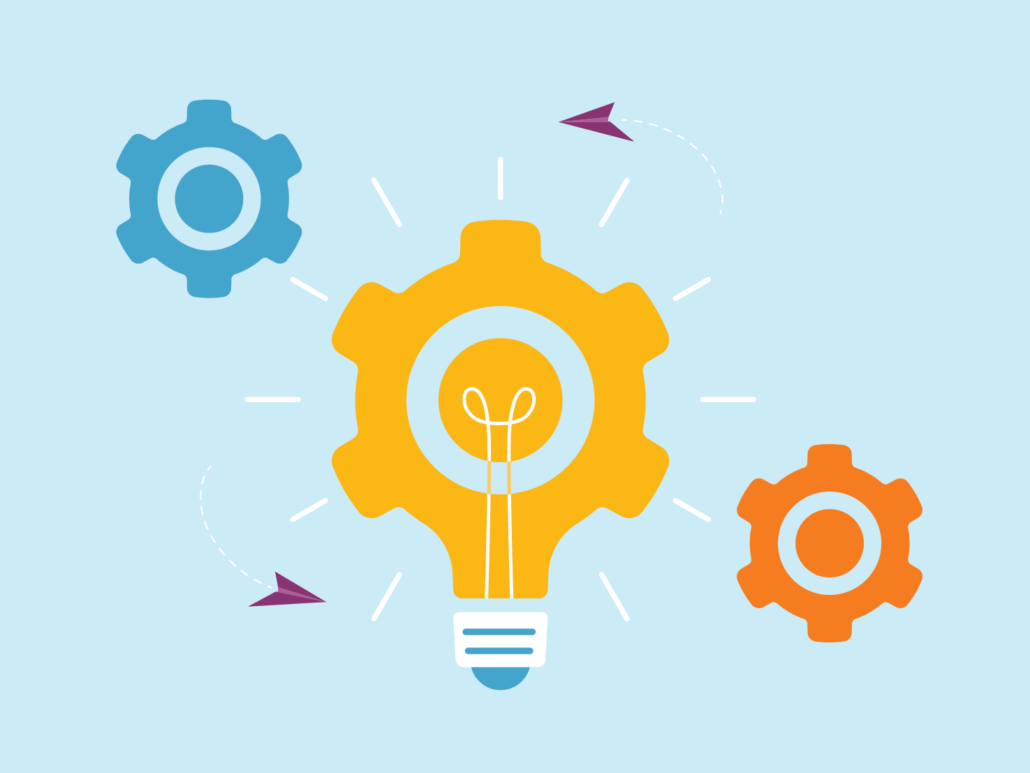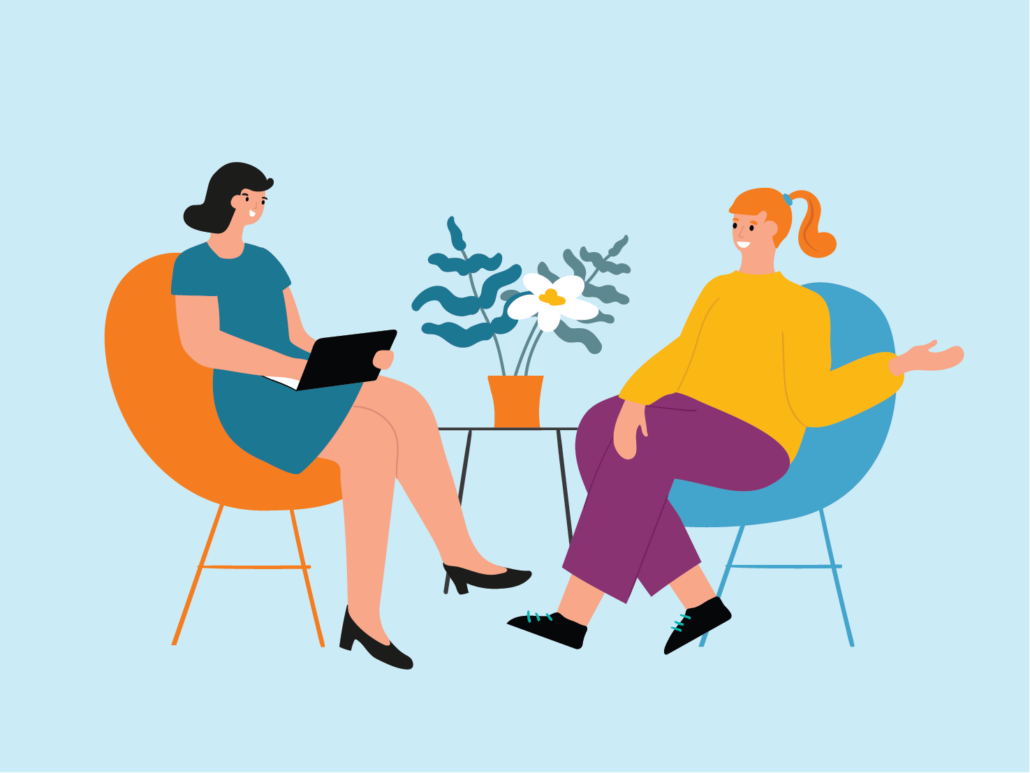FINAL EXAM
The test you are about to take consists of 45 questions related to physiotherapy and intercultural communication. The test questions cover all 15 modules. The content is based on the online course and the e-manual.
Type of Test:
The test consists of closed-ended questions:
- Single-choice questions
- “Yes/No” or “True/False” questions
How to Answer:
- Select only one answer for each question.
- Choose the answer you believe is most accurate.
- You can answer the questions in any order.
Scoring:
- You earn 1 point for each correct answer.
- There are no negative points for incorrect answers.
- You can score a maximum of 45 points.
- To pass, you must answer correctly at least 80% of the questions, or 36 points in total.
- If you don’t achieve the required score, you can retake the test.
Time Limit:
You have 60 minutes to complete all questions.
Ensure you answer all questions before finishing the test, as unanswered questions do not earn points.
Tips for Effective Answering:
- Carefully read each question and all four answer options before making a choice, paying special attention to questions phrased as negations.
- If unsure, use the process of elimination to rule out the least likely options.
- Remember that the test has a time limit, so aim to answer the questions promptly but accurately.
This test objectively and structurally evaluates your knowledge. Good luck!


